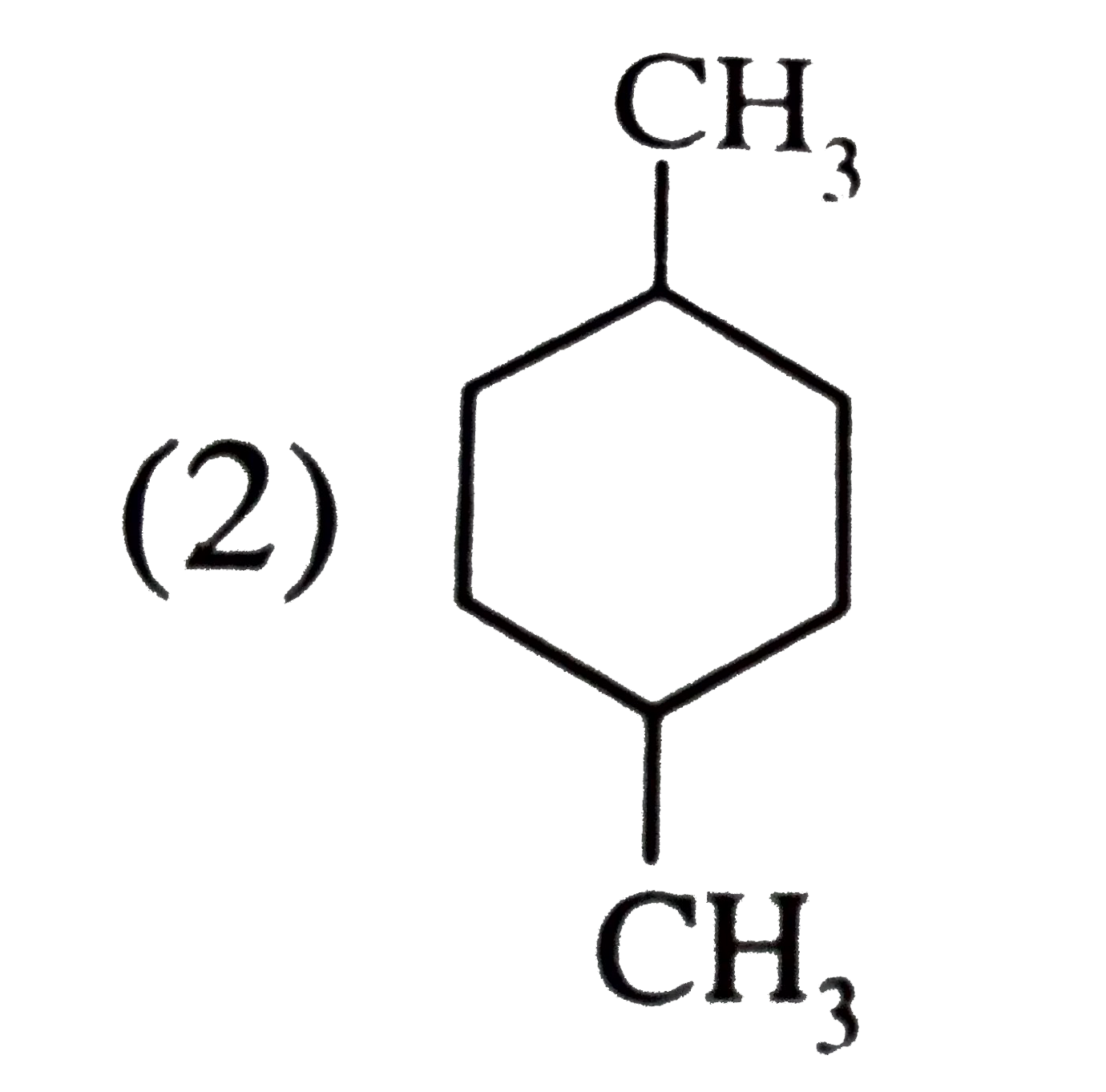Which one of the following compound will show optical isomerism ?
(CH3)2CH−CH2−CH3
CH3−CHOH−CH3
CH3−CHCl−CH2−CH3
CH3−CCl2−CH2−CH3
To determine which compound will show optical isomerism, we need to identify the presence of a chiral center in each compound. A chiral center is typically a carbon atom bonded to four different substituents.
1. Understand Optical Isomerism:
- Optical isomerism occurs when a compound can exist in two non-superimposable mirror image forms, known as enantiomers. This typically requires the presence of a chiral center.
2. Identify Chiral Centers:
- A carbon atom is chiral if it is attached to four different groups.
3. Analyze Each Compound:
- Option 1: Analyze the structure of the first compound.
- The carbon atom in question is bonded to three hydrogen atoms and one other group. This means it does not have four different substituents, so it is not chiral.
- Option 2: Analyze the structure of the second compound.
- Here, the carbon atoms are bonded to three hydrogen atoms and one methyl group. Again, no carbon is bonded to four different groups, so it is not chiral.
- Option 3: Analyze the structure of the third compound.
- In this case, one carbon atom is bonded to a hydrogen, a chlorine, a methyl group, and an ethyl group. This carbon has four different substituents, making it a chiral center. Thus, this compound can show optical isomerism.
- Option 4: Analyze the structure of the fourth compound.
- The carbon atom here is bonded to two chlorine atoms and two hydrogen atoms. Since it does not have four different substituents, it is not chiral.
4. Conclusion:
- After analyzing all four options, only Option 3 has a chiral center and can show optical isomerism.
Final Answer:
Option 3 is the compound that will show optical isomerism.
- Optical isomerism occurs when a compound can exist in two non-superimposable mirror image forms, known as enantiomers. This typically requires the presence of a chiral center.
- A carbon atom is chiral if it is attached to four different groups.
- Option 1: Analyze the structure of the first compound.
- The carbon atom in question is bonded to three hydrogen atoms and one other group. This means it does not have four different substituents, so it is not chiral.
- Option 2: Analyze the structure of the second compound.
- Here, the carbon atoms are bonded to three hydrogen atoms and one methyl group. Again, no carbon is bonded to four different groups, so it is not chiral.
- Option 3: Analyze the structure of the third compound.
- In this case, one carbon atom is bonded to a hydrogen, a chlorine, a methyl group, and an ethyl group. This carbon has four different substituents, making it a chiral center. Thus, this compound can show optical isomerism.
- Option 4: Analyze the structure of the fourth compound.
- The carbon atom here is bonded to two chlorine atoms and two hydrogen atoms. Since it does not have four different substituents, it is not chiral.
- After analyzing all four options, only Option 3 has a chiral center and can show optical isomerism.
Option 3 is the compound that will show optical isomerism.
Similar Questions
Knowledge Check
Which one of the following compound will show optical isomerism ?
A(CH3)2−CH−CH2−CH3BCH3−CHOH−CH3CCH3−CHCl−CH2−CH3DCH3−CCl2−CH2−CH3Which of the following compound will show optical isomerism
A B
B C
C Dall of these
Dall of theseWhich of the following compounds show optical isomerism?
A[Cu(NH3)4]2+B[ZnCl4]2−C[Cr(C2O4)3]3−D[Co(CN)6]3−
Which of the following compounds will exhibit optical isomerism ?
View SolutionWhich of the following compounds shows optical isomerism ?
View SolutionWhich of the following compounds shows optical isomerism?
View SolutionWhich of the following compounds shows optical isomerism?
View SolutionWhich compounds will show optical isomerism
View Solution
